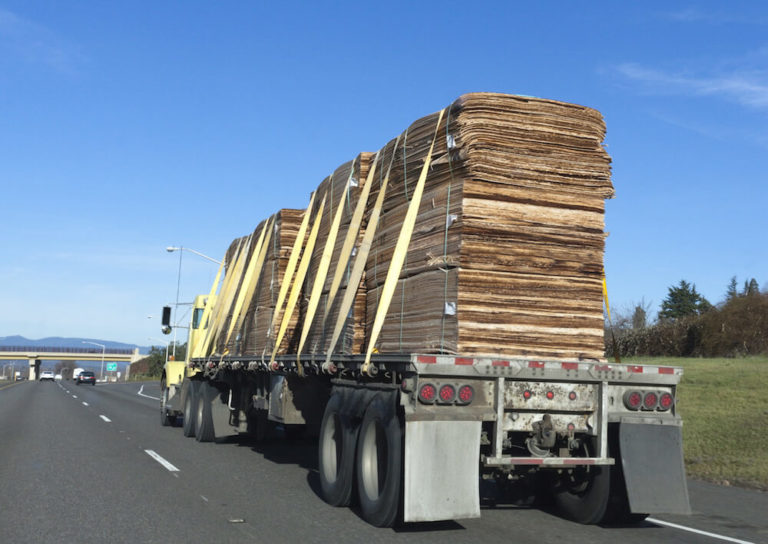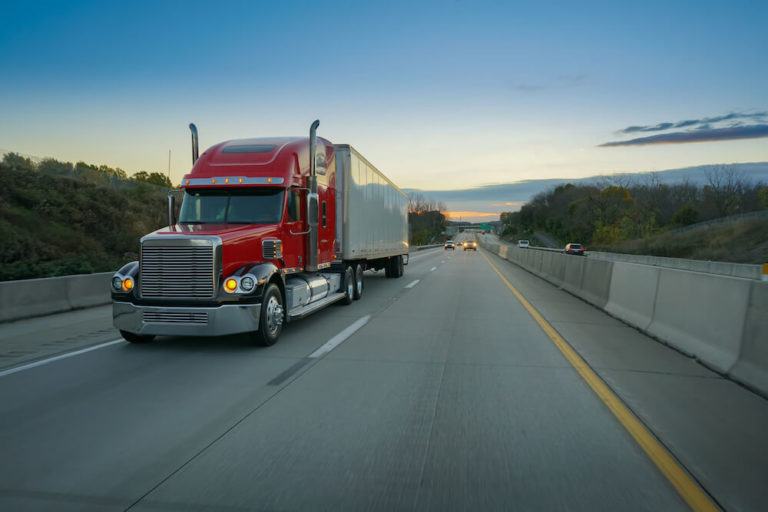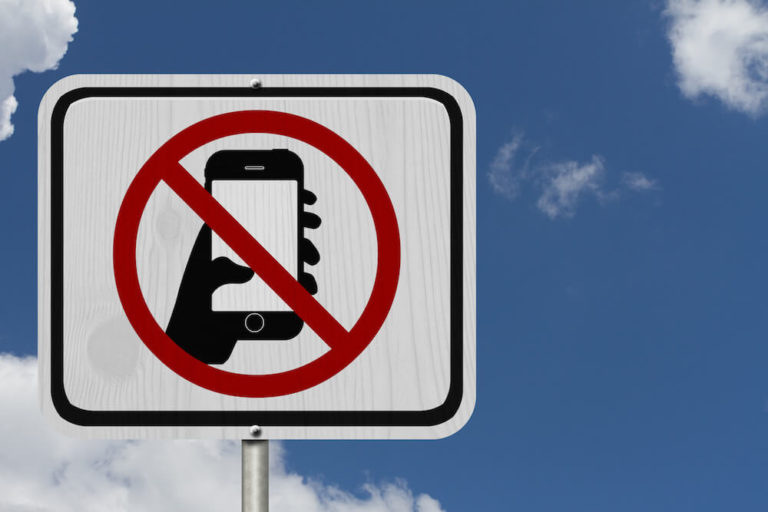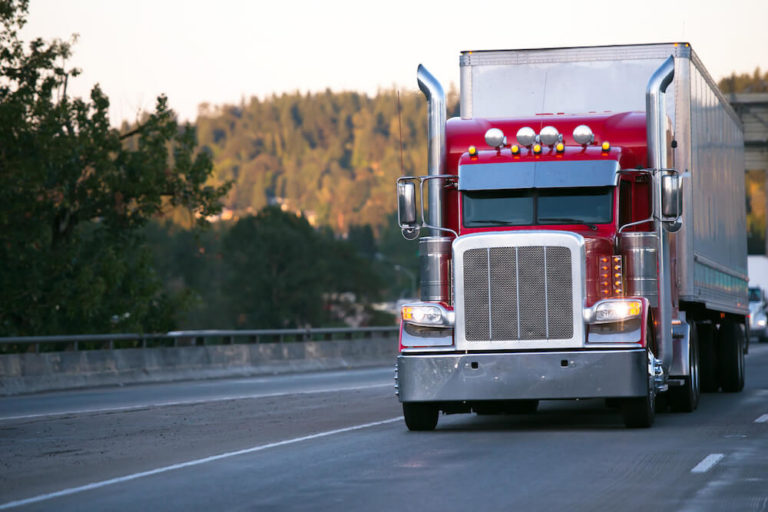According to the Department of Transportation, bad weather causes 21% of vehicle accidents. A DOT study shows that heavy snow can slow freeway traffic down by 5-40%, and even light snow can decrease speeds by as much as 13%, increasing your drivers’ risks of having an accident. Taking steps to prepare your drivers for the increased challenges of winter will help keep your drivers safe and deliveries reaching their destinations on schedule.
Safety
We don’t have to tell you that trucking businesses face a lot of risks. The roads aren’t always the safest place, and that’s why it’s so important to take steps to emphasize and improve safety at your truck business. While this is beneficial because it will lessen the chance of your drivers and employees getting hurt, safety can also help you avoid truck insurance claims. In turn, that can help your truck insurance rates.
The following articles give suggestions and tips for improving different areas of safety at your business. Take some time to check out the various topics that we explore in the articles. We’ll explain the dangers of distracted driving, the importance of pre-trip vehicle inspections and preventive maintenance, why you should always wear a seatbelt, and more. Safety is an ongoing process, so it’s important to always be looking for ways to make your business a little safer. The following articles might help you think of ways to do that.
What do autonomous trucks mean for the trucking industry?
Tesla, Uber, Volvo, and GM have all either rolled out an autonomous truck or have one in the works – and they are not alone. Most automotive brands are including some form of autonomous vehicle for deliveries in their coming lineup.
How does my trucking business’s SAFER score affect my insurance rates?
Your SAFER score may not only signal issues within your trucking business. It can directly impact your truck insurance rate. Learning more about how this score works and how an insurer views this score will help improve audit performance and keep insurance premiums low.
Here’s what you need to know.
How to properly load your truck for safe transport
Imagine looking in your rear review mirror and seeing your cargo spill onto the roadway. A scenario like this could result in a serious accident. A vehicle might swerve into oncoming traffic to avoid hitting the cargo.
How UPS Significantly Lowered Its Accident Rate
In the US, on the job fatalities rose 7% last year. The transportation industry accounts for a whopping 40% of these fatalities. That far exceeds any other industry.
As important as it is to prevent a fatality, that’s not the only cost. Injuries, property damage, damage to your own trucks, potential downtime and increased insurance premiums cost you.
How to educate new truck drivers about the risks of distracted driving
When something is this critical to the safety of your truck drivers and the health of your trucking business, it’s important not to leave definitions to chance. Distracted driving is more than texting.
4 ways to identify that your driver is distracted
People get distracted. Sometimes it’s a clever billboard or a person in a costume walking down the street. Sometimes it’s a non-urgent need to use dispatch equipment. They may be reaching for a map or using a cell phone – either talking or texting and driving.
It’s all distracted driving. And it leads to over 25% of truck accidents.
What Is Distracted Driving Costing Your Business?
In British Columbia recently, a horse and buggy driver received a simple citation for texting while conducting a tour down city streets. Distracted driving really can happen anywhere.
But while all distracted driving is dangerous, some distracted driving is more dangerous and therefore more costly to those involved.
In-House Truck Maintenance: Are You Getting the Most Out of Your Trucks?
12 years. That’s how long the average truck has been on the road today. Many are closer to 20. Each year a fleet will only replace 1 truck for every 70 trucks in service.









